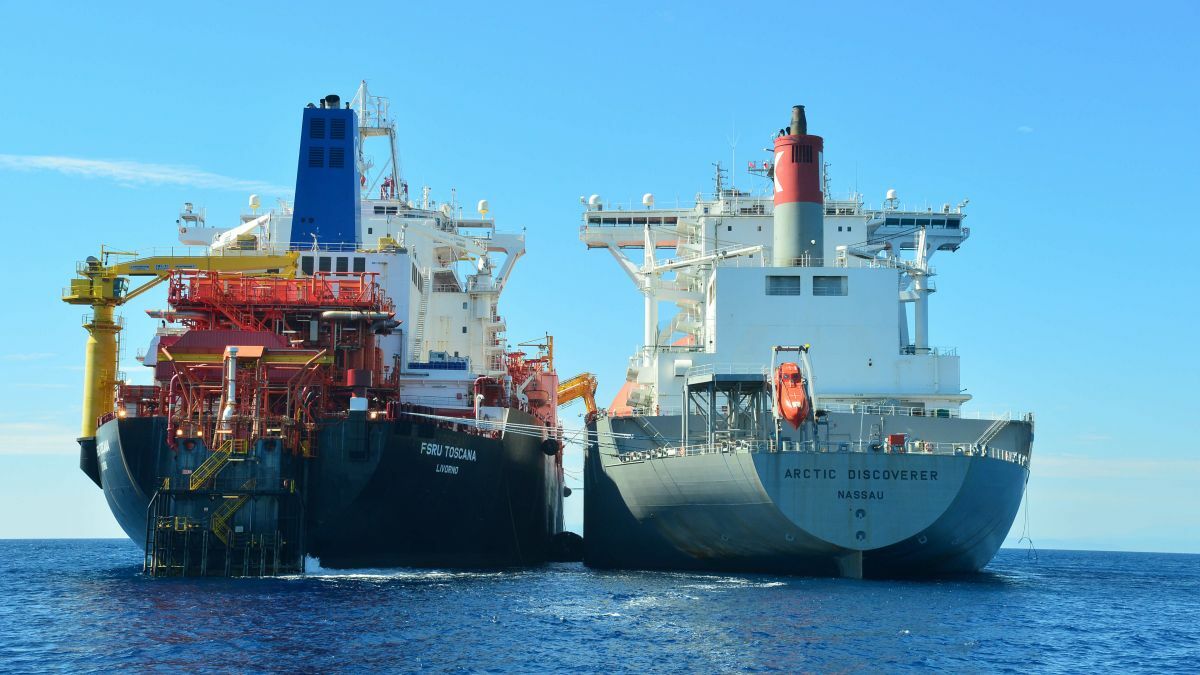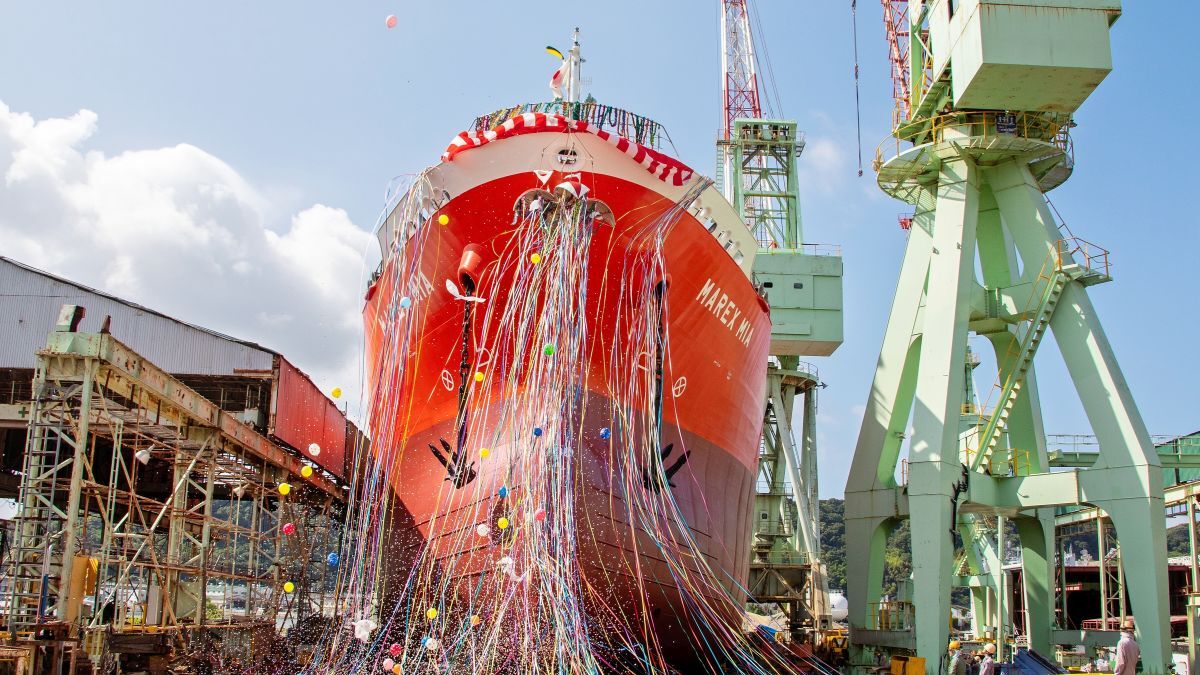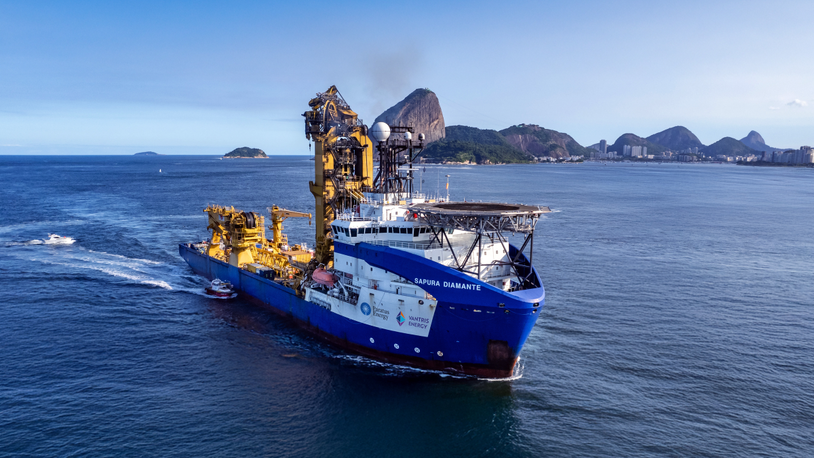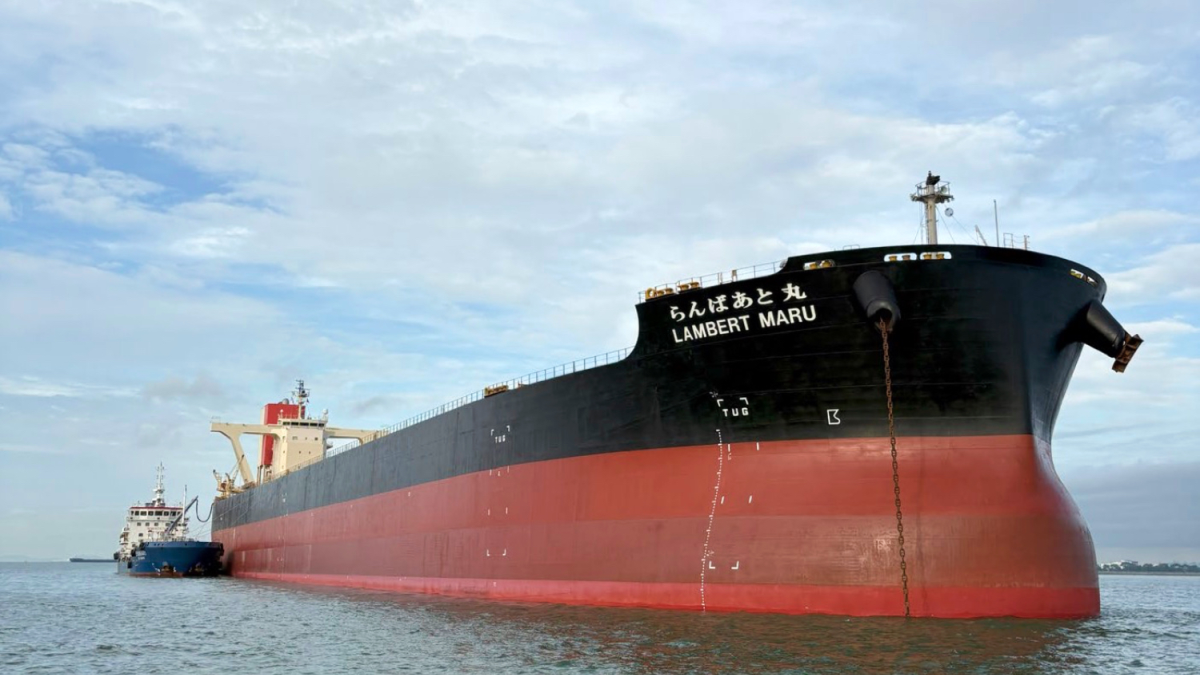Business Sectors
Contents
Derating for higher economy and lower emissions
Worthwhile reductions in the fuel consumption of Wärtsilä low speed engines at the newbuilding stage can be secured by tapping the flexibility of the full power/speed layout field to select a better layout point at a derated power
Fuel efficiency and environmental friendliness are high on the list of requirements for propulsion engines today. Yet it is often forgotten by many ship designers and others specifying low speed main engines that advantage can be taken of the power/speed layout field of such plant to select a rating point with a lower fuel consumption, Wärtsilä suggests.
The concept of the power/speed layout field for low speed marine engines originated in the 1970s, when the layout options progressively widened until, in 1984, Wärtsilä designs began to be offered with a broad field.
An engine’s contracted maximum continuous rating (CMCR) can be selected at any point in the power/speed field defined by the four corner points: R1, R2, R3 and R4 (see Fig.1). The point R1 is the maximum continuous rating (MCR) of the engine.
Most recently, the layout fields for certain Wärtsilä engines – the RT-flex82C, RTA82C, RT-flex82T and RTA82T – were extended to increased speeds for the R1+ and R2+ points (Fig.2). These extended fields offer wider flexibility for selecting the most efficient propeller speed for the lowest daily fuel consumption and the most economic propulsion elements (for example, propeller and shafting).
A basic principle of the engine layout field is that the same maximum cylinder pressure (Pmax) is used at all CMCR points within the layout field. The reduced brake mean effective pressure (BMEP) obtained at the reduced power outputs in the field thus results in an increased ratio of Pmax/BMEP, and hence a lower brake specific fuel consumption (BSFC).
Another principle behind the layout field is that the lower CMCR speeds allow flexibility in selecting the optimum propeller, with consequent benefits in propulsion efficiency and thus lower fuel consumption in terms of tonnes/day.
A feature to be noted when selecting the rating point for the derated engine is the rating line (Fig.3). This is the line through a CMCR rating point such that any point on the line represents a new power/speed combination that will give the same ship speed in knots. The points on the rating line all require the same propeller type but with different adaptations to suit the power/speed combination.
In general, Wärtsilä explains, lower speeds of rotation require larger propeller diameters and thereby raise the total propulsive efficiency. The selected propeller speed usually depends on the maximum permissible propeller diameter.
That maximum diameter is often determined by operational requirements, such as design draught and ballast draught limitations as well as class recommendations concerning propeller-hull clearance (pressure impulse induced by the propeller on the hull).
Depending broadly on the ship type involved, the slope of the rating line (Fig.3) can range from 0.15 for tankers, bulk carriers and general cargo tonnage up to around 10,000 dwt to 0.22 for container ships larger than 3,000 TEU and 0.25 for tankers and bulkers larger than30,000 dwt.
When the broad layout field was introduced for RTA engines in 1984, says Wärtsilä, it was widely welcomed by shipowners and yards. RTA engines were afterwards frequently selected at ratings in the lower part of the layout field to gain the benefits of lower fuel consumption.
Under the pressure of first costs and softening bunker prices, however, the strategy was changed and the selected power/speed combination has in the past 15 years or so been selected to be closer to the R1 rating (Fig.4).
Bunkers are now the dominant element in ship operating costs, heavy fuel oil prices having risen during 2007 by some 85 per cent from US$270 to $500 per tonne (Fig.5). Such drastic increases are a strong impetus for reducing fuel costs and can also justify additional investment costs, such as selecting an engine with an extra cylinder.
The consequent fuel saving may make for an acceptable payback time on the additional investment, and would justify any efforts to increase the overall efficiency of the complete propulsion system.
A further stimulus to implementing such changes in engine selection strategy will come from future needs to cut CO2 emissions. A carbon trading scheme imposed on shipping would give an additional economic advantage to cutting fuel consumption and further help in paying for any necessary extra investment costs.
Case studies by Wärtsilä on various ship installations - a Suezmax tanker, a Capesize bulk carrier, a Panamax container ship and a post-Panamax container ship - demonstrate the benefits of selecting an engine with an extra cylinder but without increasing the engine’s power. Such an engine derating solution is said to offer considerable savings potential and (depending on bunker costs) a very attractive payback time.
A typical Suezmax tanker, for example, might be specified with a 6-cylinder Wärtsilä RT-flex68-D engine. If a 7-cylinder model is used instead, however, the daily fuel consumption can be reduced by some 3.4 per cent.
In the engine/propeller layout for such a ship (Fig.6), the CMCR points for the two alternative engines are on the same rating line (0.3) through a common design point for the same ship speed (knots). A calculation of the respective annual fuel costs, based on 6,000 running hours with heavy fuel oil costing US$500 per tonne, indicates a saving of $309,000 for the 7RT-flex68-D engine installation over the 6-cylinder plant (see table).
The resulting payback time for the extra cost associated with an additional cylinder is estimated at between 3.5 and six years, depending on the bunker price ($400, 500 or 600 per tonne), see Fig.7. The payback calculations were based on an interest rate of 8 per cent.
A similar case may be made for a Capesize bulk carrier, says Wärtsilä, as it would be similar in size and speed to a Suezmax tanker and thus require an equivalent engine.
A typical Panamax container ship, with capacity up to 5,000 TEU, might be specified with an 8-cylinder Wärtsilä RT-flex82C engine but a 9-cylinder model could reduce daily fuel consumption by some 2 per cent. A calculation of the respective annual fuel costs (based on 6,000 running hours with heavy fuel oil costing US$500 per tonne) indicates a saving of $348,000 for the 9RT-flex82C engine installation over the 8-cylinder plant.
A payback time of between four and seven years is estimated for the extra cost of the additional engine cylinder, depending on the bunker price ($400, 500 or 600 per tonne) and based on an interest rate of 8 per cent.
A typical post-Panamax container ship with a capacity of around 7,000 TEU might be specified with an 11-cylinder Wärtsilä RT-flex96C engine; a 12-cylinder model, however, could reduce the daily fuel consumption by some 2.4 per cent.
A calculation of the respective annual fuel costs (based on 6,000 running hours with heavy fuel oil costing US$500 per tonne) suggests a saving of $762,000 for the 12RT-flex96C engine installation over the 11-cylinder plant.
A payback time of between 2.5 and four years is estimated for the extra cost of the additional engine cylinder, depending on the bunker price ($400, 500 or 600 per tonne) and based on an interest rate of 8 per cent.
It is also feasible, however, to apply a derated engine to secure fuel savings in such a way that an additional cylinder is not required, Wärtsilä citing its RT-flex50 design as an example.
A D-version of this engine, announced in October 2007, offered a power increase of 5.1 per cent and a BSFC at full load reduced by 2 g/kWh compared with the existing B-version.
Thus, if a D-engine is derated to the same cylinder power output as the original RT-flex50 model, then the BSFC at full load is reduced by 4.5 g/kWh or 2.7 per cent. For a typical bulk carrier powered by a 6-cylinder RT-flex50 engine, this can translate into annual savings of US$124,000 when operating for 6,000 hours on heavy fuel oil costing $500 per tonne.
Even greater savings are possible if the engine is derated to a lower running speed at the derated power to gain the benefits of a better propulsive efficiency.
There are already a number of standard ship designs delivered and on order with the RT-flex 50-B or even the original RT-flex50 engine. It would be perfectly feasible, therefore, to install a derated RT-flex50-D engine in further newbuildings of the same ship designs and derive substantial savings in operating costs. The overall dimensions of the D-version are identical to those of the B- and original versions of the RT-flex50 engine.
A modest increase in the initial cost of the D-version, resulting from the higher efficiency turbochargers used, would soon be repaid by the fuel cost savings.
Although derating offers attractive economics, Wärtsilä notes, it can be frustrating to buy more ‘engine’ than seems necessary. Yet there is an interesting option to retain the ability to exploit the full available installed engine power, even up to the full R1 rating, in obtaining higher ship service speeds in the future.
The strategy here would be to set up the engine for the derated output at the chosen reduced service speed; then, at a later date, the engine could be re-adapted to the
higher output.
Corresponding provisions are called for, however, in selecting and designing the propeller, shafting and ancillary equipment to meet the requirements of the envisaged higher power. Furthermore, the engine would need to be tested and approved by the classification society for both ratings with all necessary emissions certification.
An important contribution to fuel saving is made by RT-flex low speed engines. Electronically-controlled common rail technology for fuel injection and exhaust valve actuation secures high flexibility in engine setting, yielding benefits in reduced fuel consumption, lower minimum running speeds, smokeless operation at all speeds and better control of other exhaust emissions.
With a lower part-load fuel consumption than RTA engines, RT-flex engines can be further adapted through Delta Tuning to achieve an even lower part-load consumption.
Interaction between fuel economy and NOx emissions means there is always the possibility that fuel-saving measures will have a negative impact on such emissions. Wärtsilä RTA and RT-flex engines are all fully compliant with the IMO Annex VI NOx emission regulations and will be adapted to meet the future tougher Tier II reduction requirements. MP
Source: Derating: a solution for high fuel savings and lower emissions; by Rudolf Wettstein and David Brown, Wärtsilä Switzerland.
Related to this Story
Events
LNG Shipping & Terminals Conference 2025
Vessel Optimisation Webinar Week
Marine Coatings Webinar Week
© 2024 Riviera Maritime Media Ltd.













